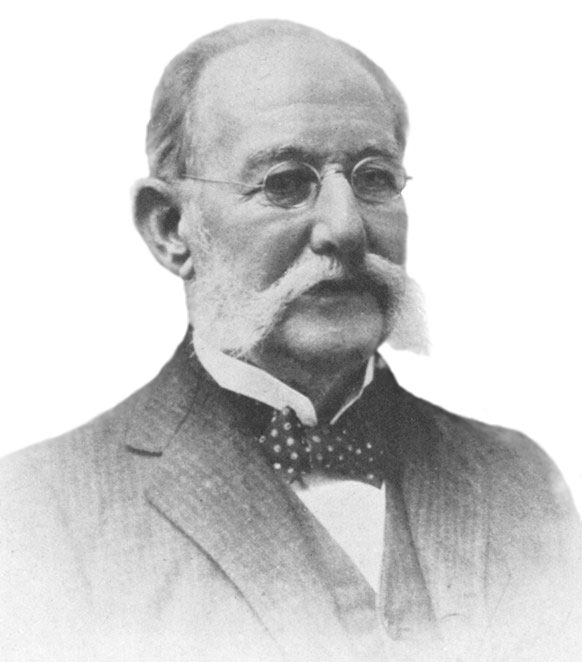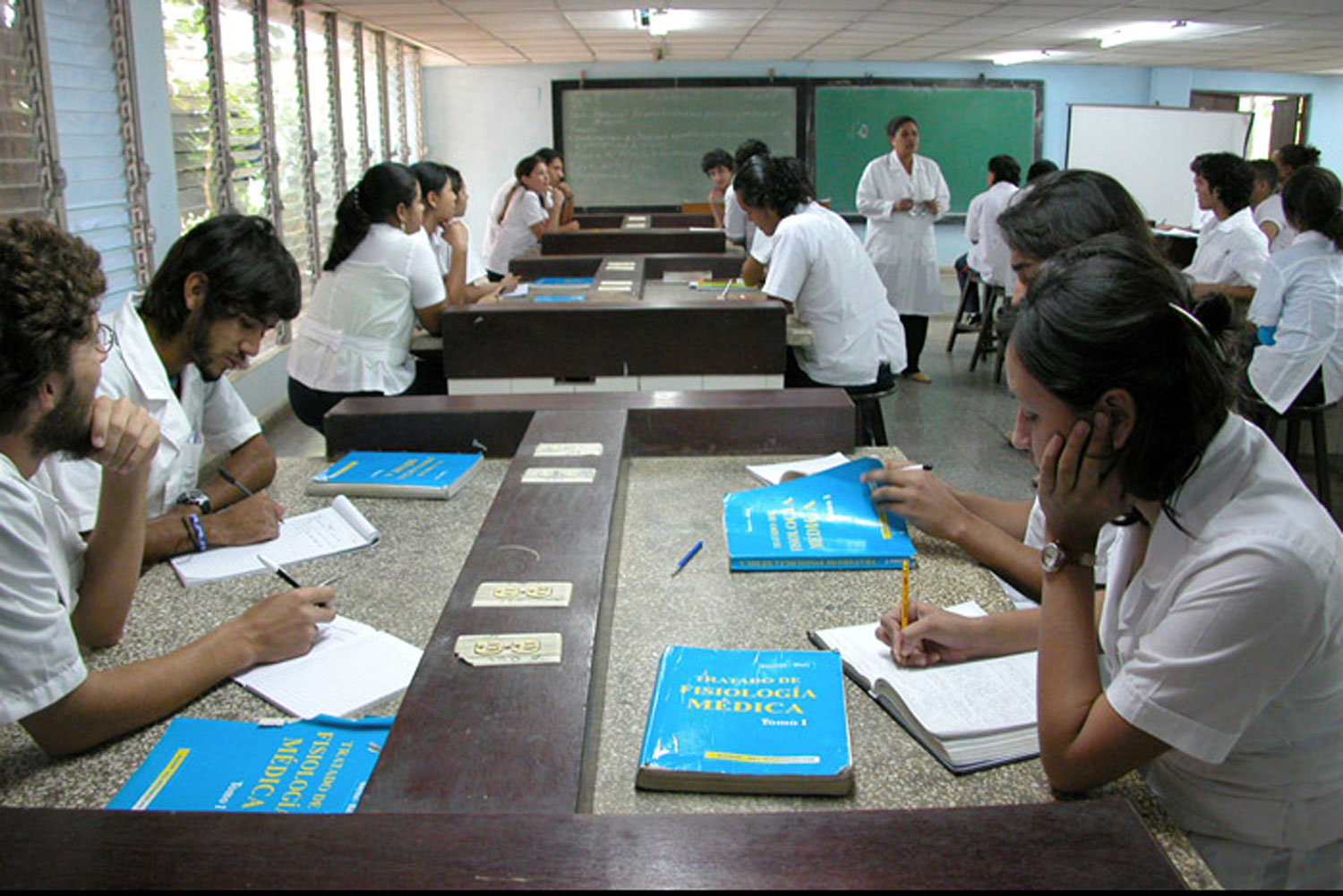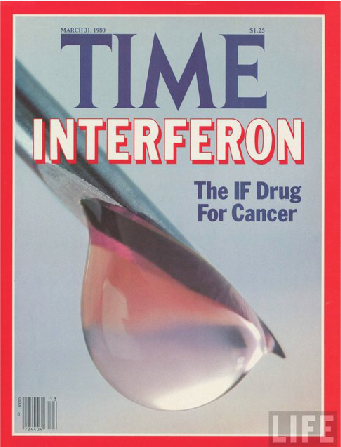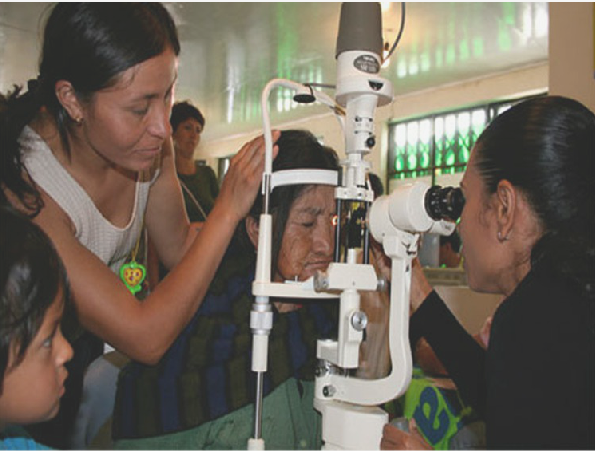Working fourteen hour days for the equivalent of about twenty USD a month, Cuban scientists are producing a diverse array of genetically engineered drugs, vaccines, and agricultural products that are becoming increasingly popular in international markets. Since the early 1980s, when Cuba sent scientists to Helsinki to acquire the knowledge and equipment to found its own biotechnology industry focused on the new wonder drug interferon, the major thrust of all Cuban science research and development (and funding for science) has been towards this one field. Cuba's perpetual shortages of gasoline, basic medicines, and food, due in part to the U.S. trade embargo in place since 1962, makes their achievements in this cutting-edge field of research all the more remarkable. Yet it is the embargo itself that has provided the impetus for advanced scientific development; Cuba has used biotechnology to create a profitable export that decreases their economic dependency on commodities (like sugar and tobacco) and also to develop new bio-fertilizers and bioengineered crops that allow for increased food production.
Long before the rise of biotechnology, Cuba had a significant impact on tropical medicine and healthcare in general. Cuba's most famous medical project was Carlos Juan Finlay's late nineteenth century inoculations against yellow fever (see the source on Finlay), and primary care has been a point of emphasis since Castro's communist government took power. In 1965, Cuba began a concerted effort to train researchers in advanced scientific techniques, and though it is very rare for a poor developing country to devote so much money to scientific growth, Cuba's efforts proved successful. The National Center for Scientific Research (CENIC) had only twelve scientists in 1965; by 1989, one out of every two hundred and fifty Cubans worked in the sciences.
Cuba's healthcare system prides itself in providing primary and community care to the entire population free of charge. Although the collapse of the U.S.S.R. caused a brief collapse in its ability to provide healthcare, the industry had recovered well by the late 1990s. It is now estimated that 99.2% of Cubans have access to free primary care, a remarkable feat for a country still ranked among the world's developing nations. Complementing domestic healthcare, Cuba specializes in treating various diseases that tend to affect people in developing tropical countries; vitiligo and blindness are two such maladies addressed in this topic's sources. Cuba's medical specializations, offered at affordable prices on a tropical island, have given rise to a significant health tourism industry, a substantial source of Cuban revenue.
Furthermore, Castro's government continues to invest heavily in biotechnology. From 1990-1996, the government put about one billion USD into scientific research, much of which went towards the creation of "Scientific Poles," most notable of which is the Western Havana Bio-Cluster, a sort of Silicon Valley for biotechnology. The Bio-Cluster has fifty-two institutions that facilitate over one hundred research projects aimed at creating new products to export, including vaccines and treatments for AIDS, Alzheimer's, cholera, and hepatitis.
Among the institutions in the Bio-Cluster are the Center for Genetic Engineering and Biotechnology (CIGB) and the Finlay Institute. The vaccines produced by the CIGB have made hepatitis-B disappear among Cuban infants and scientists expect to soon end the circulation of the disease all together. It also has developed advanced (more resistant) strains of staple crops and Acuabio-1, a product that improves the growth and survival rates of farmed fish. In 2006, the CIGB created the first drug to treat and cure diabetic foot ulcers, the leading non-traumatic cause of lower-leg amputations. The Finlay Institute was created in 1994 at a cost of ten million USD and, in 1999, it produced the world's first vaccine against meningitis B. The vaccine was created by Concepcion Campa Huergo, now the president and director of the Institute, who tested it on herself and her children before experimenting on volunteers.
Despite such innovations, perpetual funding shortages have limited Cuba's ability to conduct pure research, focusing instead on the products that are known to be profitable and/or publicly beneficial. In communist Cuba, where the direction of scientific development follows a top-down hierarchy and limits independent innovation by individual scientists, Castro's government has ultimate control over what drugs and bioengineered crops Cuba tries to produce. This emphasis on useful knowledge applied to immediately functional purposes has been a recurrent characteristic of Latin American science since the colonial period.
Nevertheless, Cuba's goal is to produce practical, profitable, and beneficial innovations that will help the Cuban economy as well as fulfill a humanitarian mission and, thanks to innovations like Huergo's hepatitis vaccine, the venture has been an overall success. Cuba is also is the largest exporter of medicine in all of Latin America, bringing in over 100 million USD from about fifty client nations like Brazil and Russia. Furthermore, Cuba takes pride in working to prevent and treat the maladies that plague much of the undeveloped world, such as AIDS and tropical diseases, while many of the biggest drug companies in the United States focus their efforts on profitable though non-humanitarian products, like cures for baldness. The tenets of Cuba's revolution--humanity, solidarity, sacrifice, and toughness--are still very much alive in its medical and biotechnology enterprises.
Questions for further exploration:
- Although Castro first initiated Cuba's biotechnology program in 1980, when it could still export its medicines to nations of the Soviet bloc, the industry became even more central to Cuban science in the so-called "special period" following the collapse of the Soviet Union in 1991. Why, despite the extreme economic hardships that were placed on Cuba in the early 1990s, did they devote even more money to their biotechnology industry? (answers could include economics, humanitarian benefit, national image/pride, top-down policy decisions, useful knowledge, etc.)
- The trade embargo with the United States not only prevents food and other products from being traded to Cuba, but it also limits the amount of intellectual exchange between Cuban scientists and the international scientific community (e.g. by forbidding Cubans to travel to conferences in the U.S.). Do the restrictions placed on Cuba stymie its medical and biotechnology industries, preventing them from reaching their potentials, or does the embargo actually provide Cuba with the impetus to excel in these areas?
- Compare Cuba's biotechnology industry to Brazil's nuclear projects. Are the motivations of these two countries comparable? How have their efforts been received worldwide? Overall, which country's industry has been more successful at achieving its goals?
- Now that Castro is in his last years and the fate of communism in Cuba is very uncertain, what do you think would happen to its healthcare system if Cuba joins the larger capitalist world economy? Would it improve the quality and availability of primary care?
Further Reading:
Claudio, Luz. "The Challenge of Cuba." Environmental Health Perspectives. 107: 5 (May 1999): A246-A251.
Feinsilver, Julie M. "Cuban Biotechnology: The Strategic Success and Commercial Limits of a First World Approach to Development." In Biotechnology in Latin America: Politics, Impacts, and Risks. Ed. N. Patrick Peritore and Ana Karina Galve-Peritore. Wilmington: Scholarly Resources Inc., 1995.
Feinsilver, Julie M. Healing the Masses: Cuban Health Politics at Home and Abroad. Berkeley: University of California Press, 1993.
Kaiser, Jocelyn. "Cuba's Billion Dollar Biotech Gamble." Science, New Series. 282: 5394 (November 1998): 1626-1628.
Nayeri, Kamran and Candido M. Lopez-Pardo. "Economic Crisis and Access to Care: Cuba's Health Care System since the Collapse of the Soviet Union." In International Journal of Health Services. 35: 4 (2005): 797-816.
Stepan, Nancy. "The Interplay Between Socio-Economic Factors and Medical Science: Yellow Fever Research, Cuba, and the United States." Social Studies of Science. 8: 4 (November 1978): 397-423.






